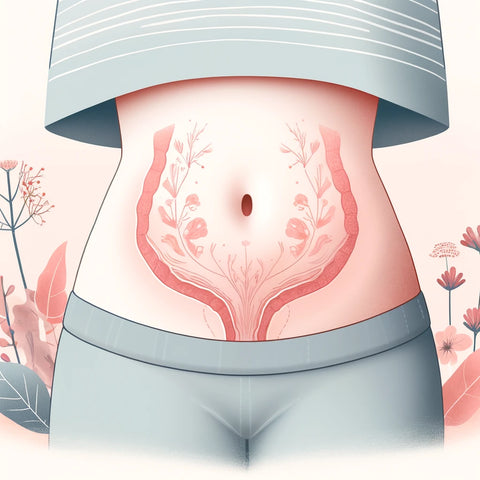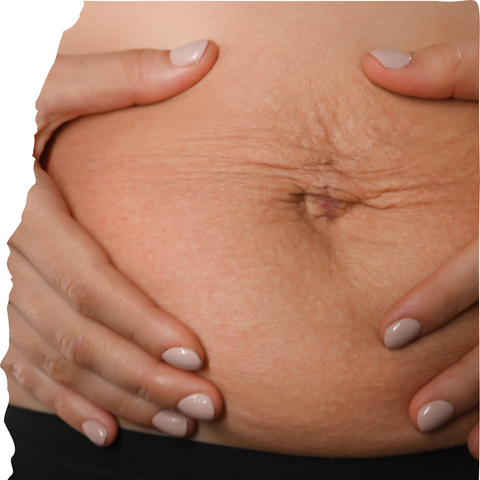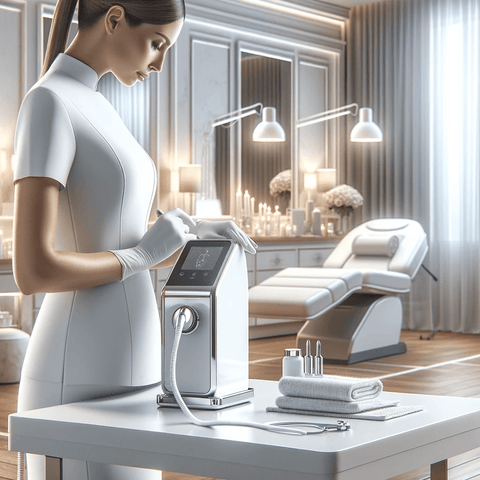Diastasis Recti Symptoms and Treatment in Singapore
Experiencing changes in your body postpartum is quite common. Moreover, diastasis recti is one of those changes that many women face. Diastasis recti symptoms during the postpartum period also includes a visible bulge or "pooch" near the belly button. It is a jelly-like feeling around your belly button, coning or doming of the belly when contracting your abs.
Furthermore, difficulties in lifting objects or performing daily tasks. Understanding diastasis recti symptoms and treatment is the first step towards effective treatment and management.
Will Diastasis Recti Heal Itself?
Most pregnant bodies experience some degree of abdominal separation, known as Diastasis Recti Abdominus (DRA). Research and clinical experience suggest that, in many cases, diastasis recti heals well on its own postpartum. It's crucial to understand the body's natural healing process and when additional intervention might be necessary.
Will Losing Weight Fix Diastasis Recti?
Diastasis recti cannot always be address through conventional methods such as weight loss. For some, tummy tuck surgery may be an effective solution. Which also involves the removal of hanging skin and tightening of underlying muscles for better results.
Do I Have Belly Fat or Diastasis Recti?
Differentiating between excess belly fat and diastasis recti can be challenging. A simple method to identify diastasis recti is to tense the belly muscle. While lying flat and slightly lifting the head, akin to a sit-up. If a gap or bulge is noticeable in the center of the belly, it could indicate diastasis recti.
When is it too Late to Fix Diastasis Recti?
It's never too late to address diastasis recti. Regardless of passing time, you can close diastasis. However in many cases, you can reverse diastasis recti without surgery. It's important to seek professional guidance for the best approach.
Is Diastasis Recti Hard or Soft?
The area affected by diastasis recti often feels softer and more squishy than normal. Signs like a bulge in the middle of the stomach. When getting up from a chair or bed are common indicators of diastasis recti needing attention.
Conclusion
Understanding diastasis recti, its symptoms, and the differences from normal belly fat are crucial for effective treatment and management. While some cases of diastasis recti may improve on their own, it's important to recognize when you need professional treatment.
Common Questions Asked
Avoid exercises that put excessive strain on the midline or cause the abdominal wall to bulge out, such as traditional sit-ups, crunches, and some types of planks. Instead, focus on gentle core stabilization exercises and pelvic floor strengthening, which can be beneficial in managing and reducing diastasis recti.
Yes, diastasis recti can also occur in men, though it's less common. It typically arises from yo-yo dieting, improper exercise techniques, or pre-existing conditions that weaken the abdominal muscles. Men with diastasis recti may notice a bulging belly or a feeling of weakness in the core area.
Improvement in diastasis recti is often indicated by a decrease in the width of the gap between the abdominal muscles. Additionally, you might notice increased core strength, reduced discomfort, and a flatter appearance of the stomach. Measuring the gap periodically with the guidance of a healthcare professional can help track progress.
While there's no specific diet to heal diastasis recti, eating a balanced diet rich in proteins, vitamins, and minerals can aid in muscle repair and overall recovery. Avoiding excessive weight gain through healthy eating can also prevent further stress on the abdominal muscles, aiding in the healing process.







